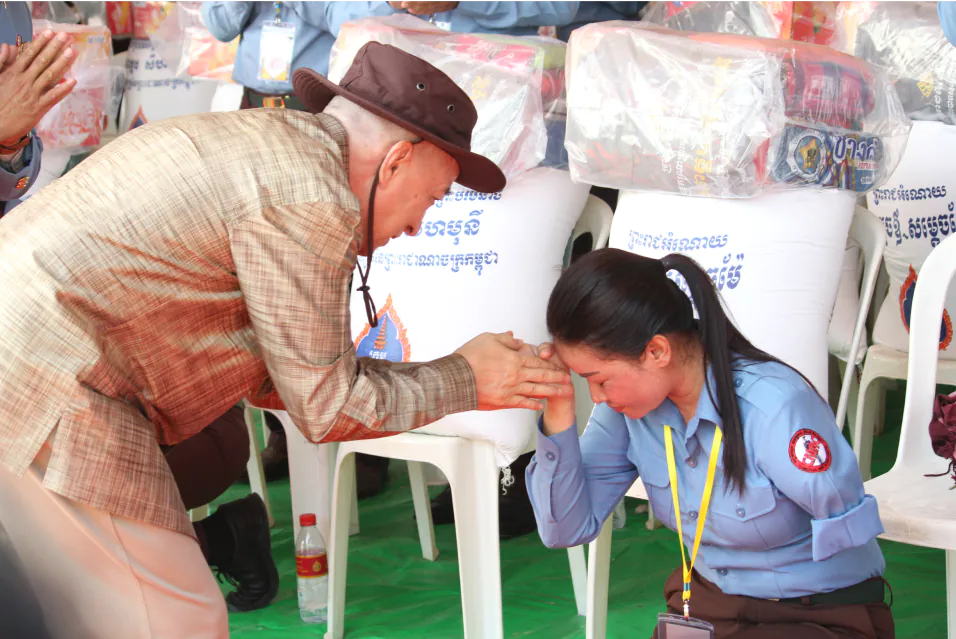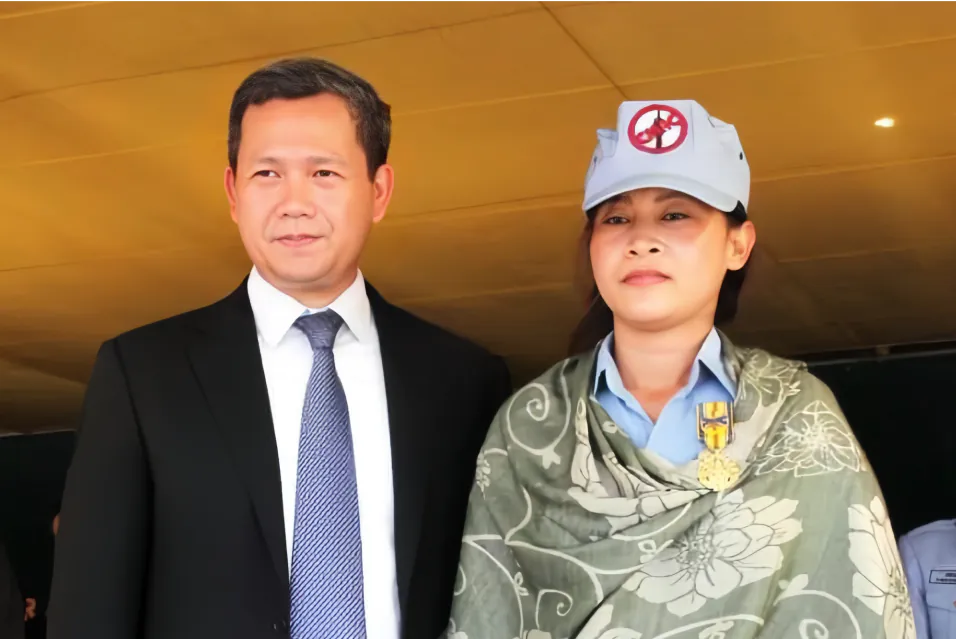Cambodia, located in Southeast Asia on the Gulf of Thailand, is bordered by Thailand, Vietnam, and Laos, and spans 181,035 square kilometers. The country is largely forested and mountainous, with accessibility hindered by poor infrastructure and landmines. Cambodia's history is marked by political unrest, colonial and civil wars, and border conflicts, leading to significant human and economic losses.
Cambodia's turmoil began during World War II, when it became a battleground for international conflicts. Post-WWII, the French Indochina Wars of the 1950s brought further devastation. The most severe period was between 1970 and 1975, when 539,129 tons of bombs were dropped, leaving a legacy of unexploded ordnance. The North Vietnamese army first planted landmines in Cambodia in 1967, with extensive mine-laying continuing through the Vietnam War and the subsequent conflicts involving the Khmer Rouge and the US-backed Lon Nol regime.
From 1975 to 1979, the Khmer Rouge used mines extensively, creating a "prison without walls." Guerrilla warfare persisted post-1979, with all factions deploying mines. The K5 conscription program in 1985 led to millions of mines being laid along the Thai border. Following the Vietnamese troop withdrawal in 1989, a power vacuum resulted in further extensive mine-laying by government forces and resistance fighters. Mines were used even after the 1993 elections.
For three decades, minefields were laid densely, often without maps, in both battlefields and civilian areas. Wet seasons caused mines to shift or become buried, complicating demining efforts. The continued presence of unexploded ordnance remains a significant threat to Cambodia's population and development.
| 1940’s | 1950’s | 1960’s | 1970’s | 1980’s | 1990’s |
|---|---|---|---|---|---|
|
Work War lI Colonial rule and struggle for independence |
Peace and independence | US-Indochina wars and hesvy bombing started | Heavy bombing continued | Ground battles and use of Landmines | Limited ground battles and use of landmines |
| ERW |
UXO (heavy) Some landmines |
UXO (heavy) Some landmines |
Heavy use of landmines Scattered UXO | Use of landmines Scattered UXO |
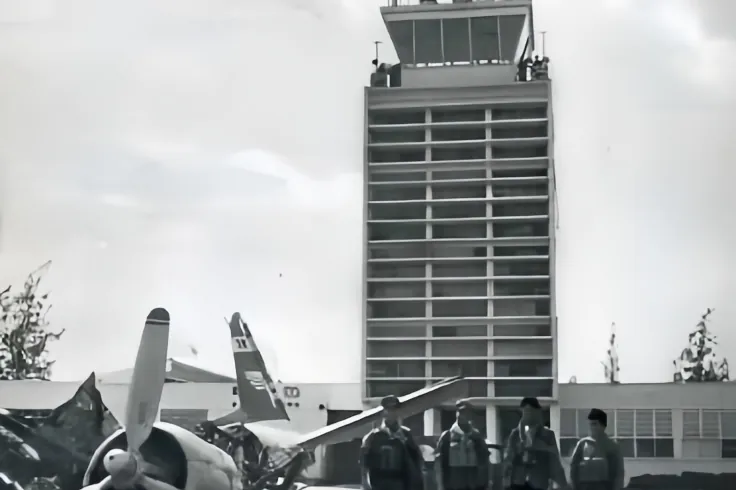
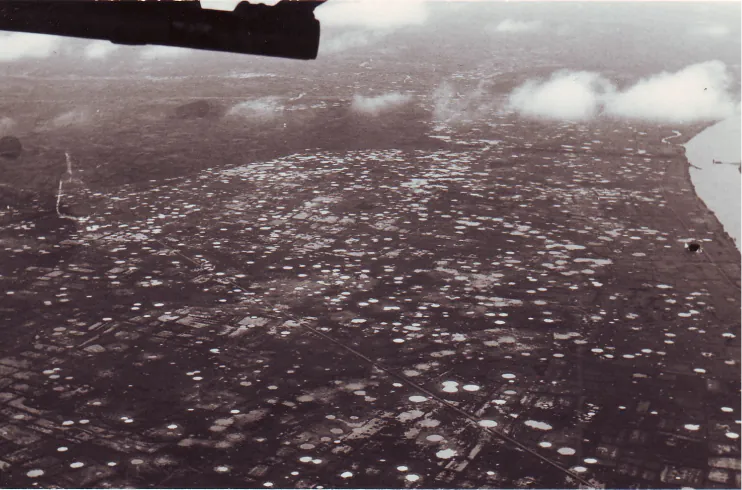
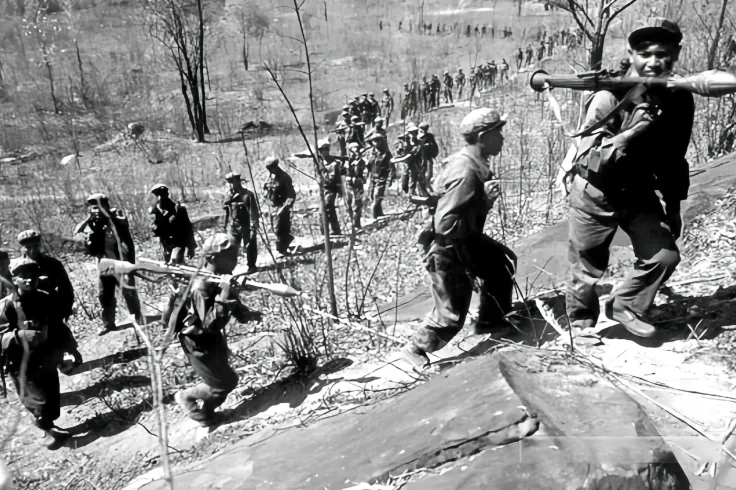
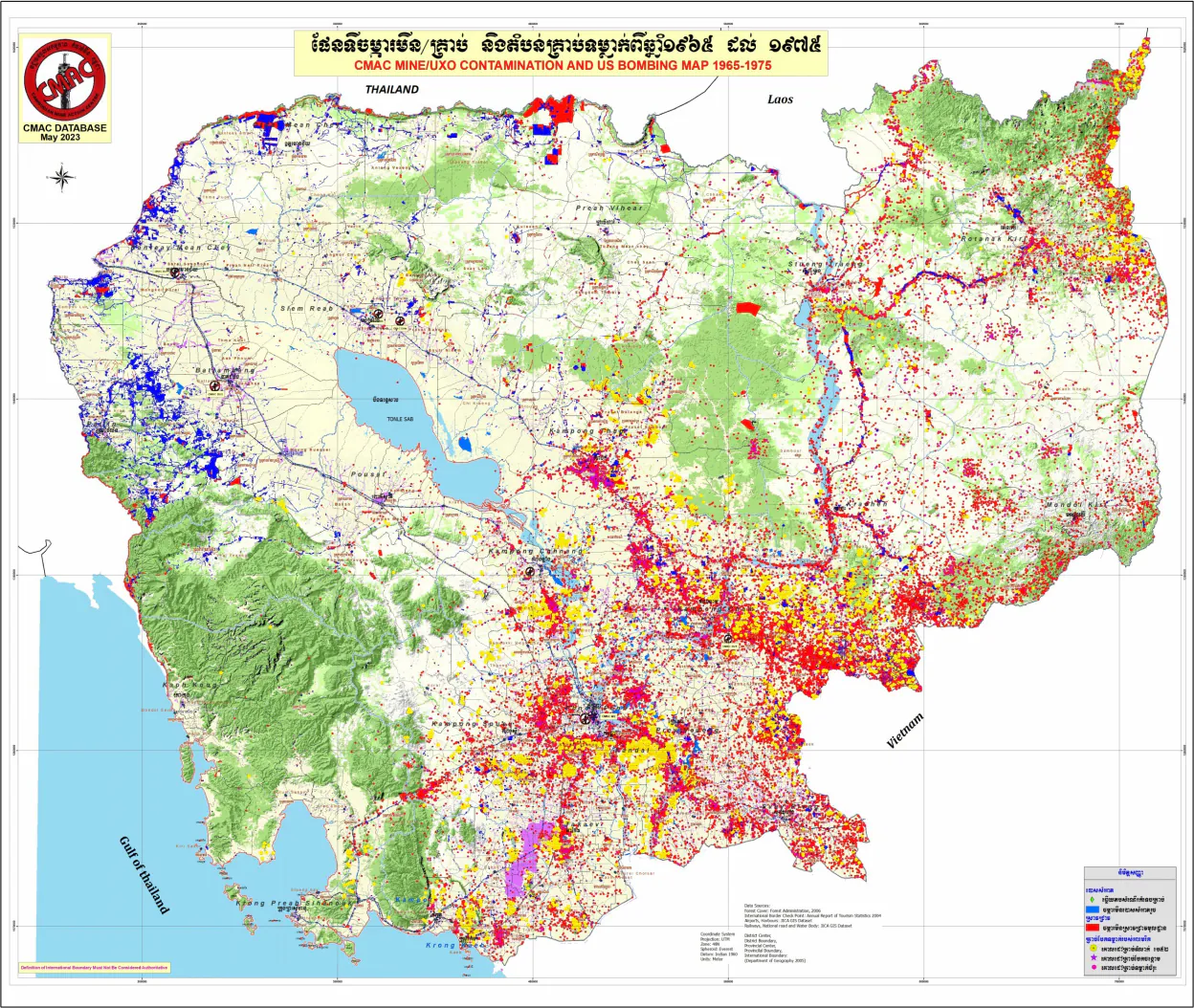
CMAC alone released almost 1,616 km2 of landmine/ERW-affected areas between June 1992 to June 2023.
Cambodia still has a vast expanse of landmine and explosive remnants of war (ERW) contaminated areas throughout the country, covering an area of approximately 1,856 km2. This contamination includes 652 km2 of minefields, 1,204 km2 of UXO and cluster submunitions fields (as of Jan. 2024).
Regarding the items found, CMAC discovered and destroyed a total of 596,168 mines, including 582,417 APMs (Anti- Personnel Mines), 11,374 ATMs (Anti-Tank Mines), and 2,377 IMs (Improvised Mines). Additionally, CMAC disposed of 2,537,335 ERWs (Explosive Remnants of War), consisting of 2,931 aerial bombs, 437,060 cluster munitions, and 1,965,449 UXOs (Unexploded Ordnance), along with 131,895 unidentified munitions. This governmental organization also collected 115,008 kg of small arms and 468,506,446 pieces of fragmentation, while responding to 124,682 requests from local authorities and communities for interventions. Most notably, the number of locations where chemical drums dropped by the US aircraft during the Vietnam War was discovered and increased to 87.

